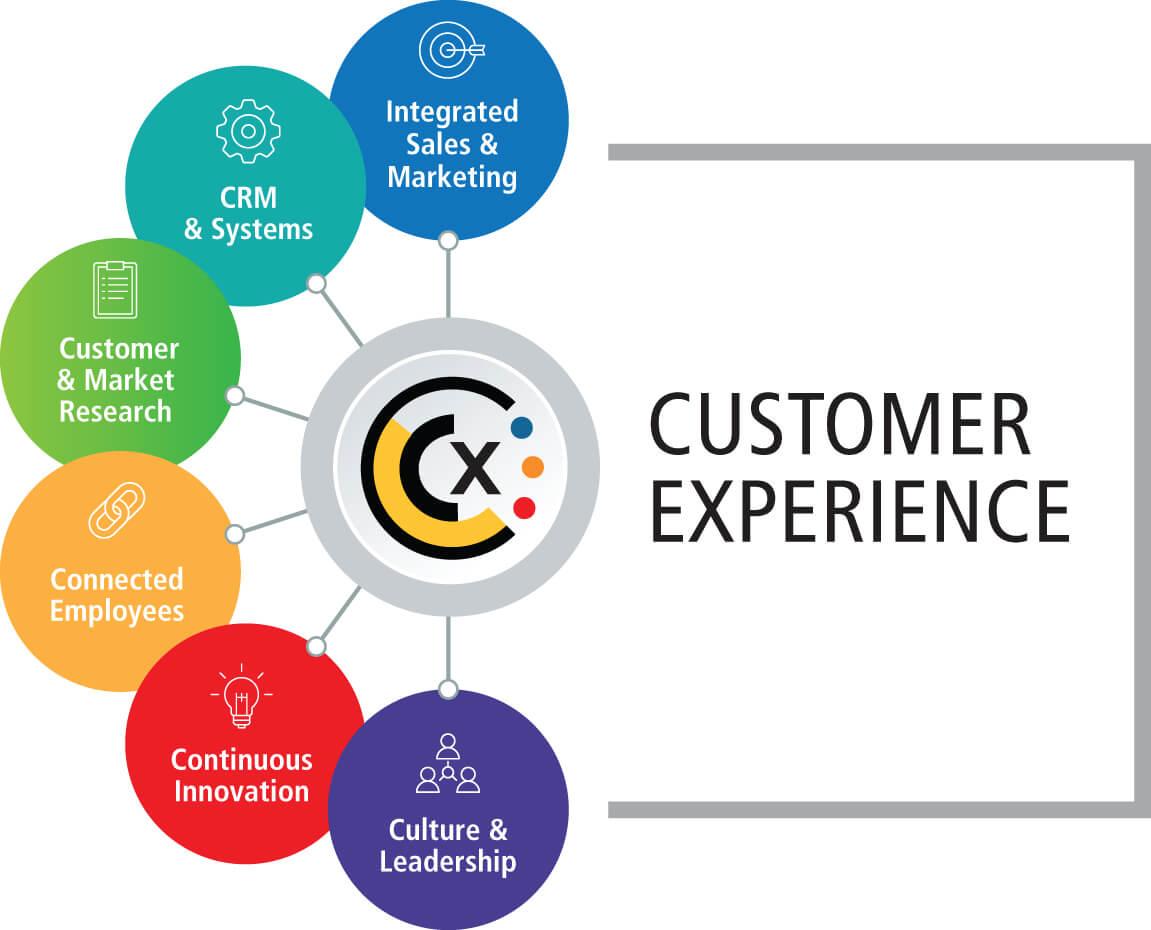In recent years, the financial landscape has undergone a seismic shift, driven by rapid technological advancements and changing consumer expectations. At the forefront of this revolution is generative artificial intelligence, poised to redefine the way we understand and interact with banking. No longer confined to the realm of science fiction, generative AI is stepping into the limelight, promising to enhance operational efficiency, personalize customer experiences, and mitigate risks in an industry that thrives on data. As financial institutions grapple with increasing competition and the demands of a digital-first world, the emergence of generative AI presents a powerful toolkit for innovation. This article explores the transformative potential of generative AI in banking, delving into its applications, challenges, and the future it envisions for the finance sector. Join us as we unravel the intricacies of this technological advancement and consider what it means for consumers and institutions alike in an era defined by digital transformation.
Exploring the Capabilities of Generative AI in Modern Banking
Generative AI is revolutionizing the banking sector by offering innovative solutions that enhance customer experience and operational efficiency. By leveraging advanced machine learning algorithms, banks can now analyze vast amounts of data, yielding insights that were previously unattainable. This technology enables financial institutions to create customized financial products tailored to individual customer needs, ensuring a more personalized banking experience. Key capabilities include:
- Fraud Detection: Generative AI models can identify patterns and anomalies in transaction data, significantly reducing fraudulent activities.
- Personalized Financial Advice: AI-driven tools can assess customer behavior and financial status to provide tailored recommendations and strategies.
- Automated Customer Service: Chatbots and virtual assistants powered by generative AI can handle customer inquiries with greater accuracy and efficiency.
Moreover, the integration of generative AI into risk management is transforming how banks assess credit risks and compliance issues. This technology facilitates predictive modeling, allowing banks to preemptively identify potential risks based on historical data and current trends. By harnessing the power of generative AI, financial institutions can operationalize risk mitigation strategies that are both proactive and dynamic. A comparison of traditional versus AI-driven approaches highlights the significant advancements offered by this technology:
| Criteria | Traditional Approach | Generative AI Approach |
|---|---|---|
| Data Analysis Time | Days to Weeks | Real-Time Insights |
| Risk Assessment Accuracy | Standard Models | Dynamic and Adaptive |
| Customer Interaction | Manual Processes | Automated and Personalized |

Enhancing Customer Experience Through Personalized Financial Solutions
In today’s fast-paced financial landscape, the incorporation of personalized services is no longer a luxury but a necessity. Generative AI is at the forefront of this transformation, allowing banks to tailor products and services to individual customer needs. Customers increasingly expect solutions that resonate with their unique financial situations, which is where advanced customer profiling comes into play. Using AI to analyze vast amounts of transaction data, customer interactions, and feedback, banks can create highly customized recommendations that improve satisfaction and retention.
This shift towards ingredient-driven interactions involves leveraging AI to deliver value across multiple touchpoints. Some key areas enhanced by personalized financial solutions include:
- Targeted Marketing: Predictive models inform banks about which products are likely to appeal to specific customer segments.
- Proactive Financial Advice: AI systems can alert customers to money-saving opportunities, ensuring they make informed decisions.
- Automated Customer Support: Chatbots powered by generative AI provide real-time assistance, offering personalized responses based on historical data.
By prioritizing these personalized experiences, financial institutions are not only improving customer satisfaction but also paving the way for deeper customer engagement and loyalty.

Mitigating Risks and Fraud with Advanced AI Technologies
In the ever-evolving landscape of finance, the integration of advanced AI technologies is proving to be a game-changer in the fight against risks and fraud. By harnessing the power of machine learning algorithms, financial institutions can identify suspicious transactions in real-time, drastically reducing the window for potential fraud. These systems analyze vast amounts of data, learning from historical patterns to detect anomalies that human analysts might overlook. This proactive approach allows banks to implement predictive analysis, enhancing their ability to forecast and mitigate risks before they escalate.
The role of AI also extends to improving compliance and regulatory reporting. Institutions can utilize sophisticated natural language processing tools to sift through immense volumes of documentation, ensuring adherence to regulations without manual oversight. By automating compliance checks, banks can not only cut down on operational costs but also improve accuracy and speed. Consider the following benefits:
- Enhanced Detection: AI technologies streamline the identification of fraudulent activities.
- Reduced Costs: Automation decreases the expenses associated with manual fraud detection processes.
- Regulatory Compliance: Automated systems ensure timely and accurate reporting, reducing the likelihood of penalties.
| AI Technology | Risk Management Feature |
|---|---|
| Machine Learning | Real-time fraud detection |
| Natural Language Processing | Compliance automation |
| Anomaly Detection Systems | Pattern recognition |

Building a Future-Ready Workforce: Skills for the Age of AI in Finance
The landscape of finance is evolving rapidly, driven by the advent of generative AI and other advanced technologies. To thrive in this transformed environment, professionals in the finance sector must cultivate a diverse set of skills that align with these changes. A forward-looking workforce will need to adapt by embracing skills such as:
- Data Literacy: Understanding data analytics and interpretation to make informed decisions.
- Technical Proficiency: Familiarity with AI tools and programming languages that drive innovation.
- Regulatory Knowledge: Staying abreast of compliance and ethical considerations in AI deployment.
- Soft Skills: Enhancing communication, critical thinking, and problem-solving abilities to work collaboratively and effectively.
Organizations must prioritize the development of these competencies through targeted training programs and continuous learning initiatives. By fostering an environment where employees can grow and adapt to new technologies, financial institutions will not only retain talent but also drive innovation. The future requires a workforce that can bridge the gap between finance and technology, making it essential to incorporate:
| Skill Set | Importance |
|---|---|
| Adaptability | Essential for navigating change |
| Analytical Thinking | Critical for data-driven insights |
| Team Collaboration | Vital for interdisciplinary projects |
| Customer-Centric Mindset | Key to enhancing customer experience |
The Way Forward
As we stand at the precipice of a new era in finance, the rise of generative AI offers both a promise and a challenge for the banking industry. This transformative technology is not merely a tool for efficiency; it’s a catalyst for innovation, reshaping how services are delivered and experiences are crafted. With the capability to analyze vast datasets and generate insights at unprecedented speed, generative AI holds the potential to unlock new horizons—enabling banks to offer personalized solutions that meet the evolving demands of their customers.
Yet, with great power comes great responsibility. As financial institutions integrate these advanced systems, they must also navigate the complexities of ethics, security, and trust. The road ahead will require careful consideration of how to harness AI’s capabilities while safeguarding the values foundational to the banking sector.
In this dynamic landscape, the collaboration between human intuition and artificial intelligence may well redefine what we consider possible in finance. Ultimately, as we embrace this technological revolution, the banking industry stands poised not just to adapt, but to thrive, ushering in an era where intelligence, empathy, and innovation converge to reshape our financial futures. The journey is just beginning, and the possibilities are as boundless as the technology itself.
